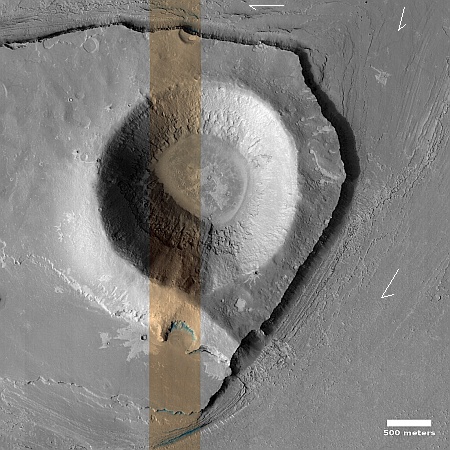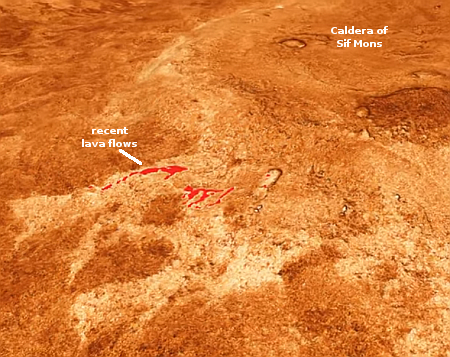OSIRIS-APEX survives closest fly-by of the Sun on its way to the asteroid Apophis
The asteroid probe OSIRIS-APEX has successfully survived a much closer fly-by of the Sun then it was ever designed to endure, paving the way for its rendezvous with the potentially-dangerous asteroid Apophis in 2029.
The spacecraft’s clean bill of health was due to creative engineering. Engineers placed OSIRIS-APEX in a fixed orientation with respect to the Sun and repositioned one of its two solar arrays to shade the spacecraft’s most sensitive components during the pass.
The spacecraft is in an elliptical orbit around the Sun that brings it to a point closest to the Sun, called a perihelion, about every nine months. To get on a path that will allow it to meet up with its new target Apophis in 2029, the spacecraft’s trajectory includes several perihelions that are closer to the Sun than the spacecraft’s components were originally designed to withstand.
It appears this first fly-by actually improved the spacecraft’s condition. The maneuvers appear to have dislodged a pebble — picked up during the sample grab at the asteroid Bennu — that was interfering with the spacecraft’s spectrometer. The heat from the Sun also apparently fixed about 70% of the hot pixels on one of the spacecraft’s cameras.
“We think the heat from the Sun reset the pixels through annealing,” said Amy Simon, OSIRIS-APEX project scientist, based at NASA Goddard. Annealing is a heat process that can restore function of instruments and is often done intentionally through built-in heaters on some spacecraft.
The next solar fly-by will occur on September 1, 2024.
The asteroid probe OSIRIS-APEX has successfully survived a much closer fly-by of the Sun then it was ever designed to endure, paving the way for its rendezvous with the potentially-dangerous asteroid Apophis in 2029.
The spacecraft’s clean bill of health was due to creative engineering. Engineers placed OSIRIS-APEX in a fixed orientation with respect to the Sun and repositioned one of its two solar arrays to shade the spacecraft’s most sensitive components during the pass.
The spacecraft is in an elliptical orbit around the Sun that brings it to a point closest to the Sun, called a perihelion, about every nine months. To get on a path that will allow it to meet up with its new target Apophis in 2029, the spacecraft’s trajectory includes several perihelions that are closer to the Sun than the spacecraft’s components were originally designed to withstand.
It appears this first fly-by actually improved the spacecraft’s condition. The maneuvers appear to have dislodged a pebble — picked up during the sample grab at the asteroid Bennu — that was interfering with the spacecraft’s spectrometer. The heat from the Sun also apparently fixed about 70% of the hot pixels on one of the spacecraft’s cameras.
“We think the heat from the Sun reset the pixels through annealing,” said Amy Simon, OSIRIS-APEX project scientist, based at NASA Goddard. Annealing is a heat process that can restore function of instruments and is often done intentionally through built-in heaters on some spacecraft.
The next solar fly-by will occur on September 1, 2024.















